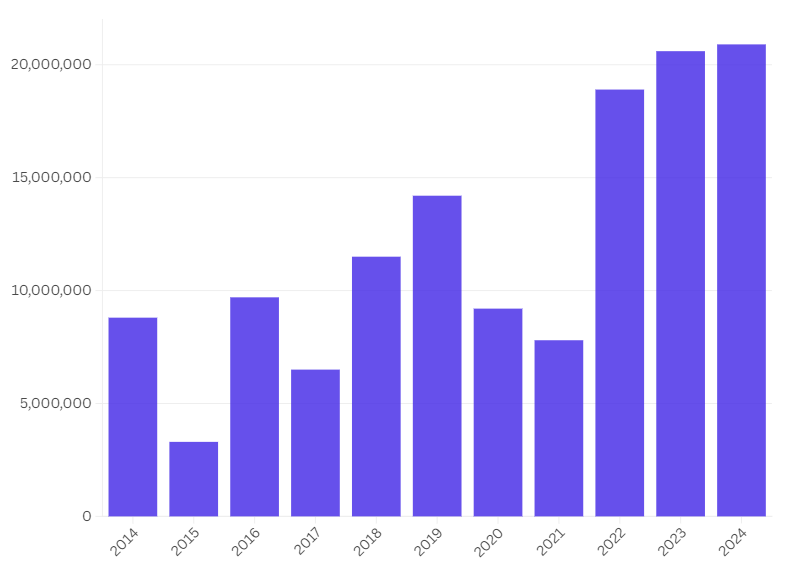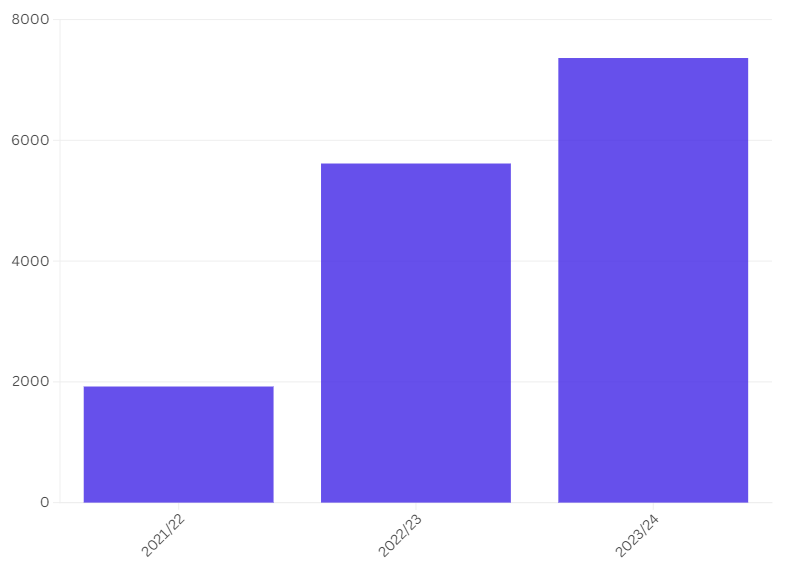It will come as no surprise that since the England Lions historic European Championship victory at Wembley in 2022, there has been a surge of interest in women’s football. There is more exposure for the Women’s Super League, and more interest amongst girls at recreational level. Quite simply the Lionesses became role models. The development has been rapid in stark contrast to a troubled and controversial history, as the men’s game thrived.
The first recorded Women’s football game in England was in May 1881 when England faced Scotland. In 1921, the FA banned Women’s football due to the game being “unsuitable for females”. They could not even play in public parks for nearly 50 years. In 1991, the WFA created the first national wide league that included 24 teams. The following season, this was expanded to three divisions of ten teams. The Women’s national league now consists of six divisions with 71 sides.
It was the England women’s have the kudos of winning England’s first major international trophy since the men’s World Cup victory of 1966. Fifty million viewers tuned in to watch the victory over Germany. That is 15 million more than those who watched the previous Women’s Euro final.

Viewership Figures for Women’s football 2014-2024
Since the Lionesses victory in 2022 there has been an increase in women’s grassroots football, with around 1500 new teams across England, more than double the number in 2017. In 2023, the government and the FA ploughed £30 million into Women’s grassroots teams. This money will go towards building new state of the art 3-G pitches across the country. At each of these 3-G pitches there will be dedicated time slots to focus specifically on woman’s football for all ages. The project hopes that by 2030 there will be 1.25 million more women playing sports across the country.
In the Professional game, the Women’s Super League has signed another deal with Barclays Bank to remain as the league’s title sponsor. The three-year deal will see the league given £45 million in total, the most lucrative in women’s game. The Women’s Super League also has a TV deal with Sky which sees 44 live games shown per season and gives the league an extra £15.6 million in revenue. More fans are paying at the turnstiles too. During the 2021/22 season, the average attendance at the topflight was 1,921 compared to last season where the average figure was 7,308. Rise of average attendances
Rise of average attendances
The biggest attendance for the WL game was Arsenal vs Manchester United when 60,160 fans packed into the Emirates stadium. TV viewing figures are going through the roof. 16.5 million people watching at least three minutes of a game in the 2022-23 season, a nine percent rise, on the last season.

















